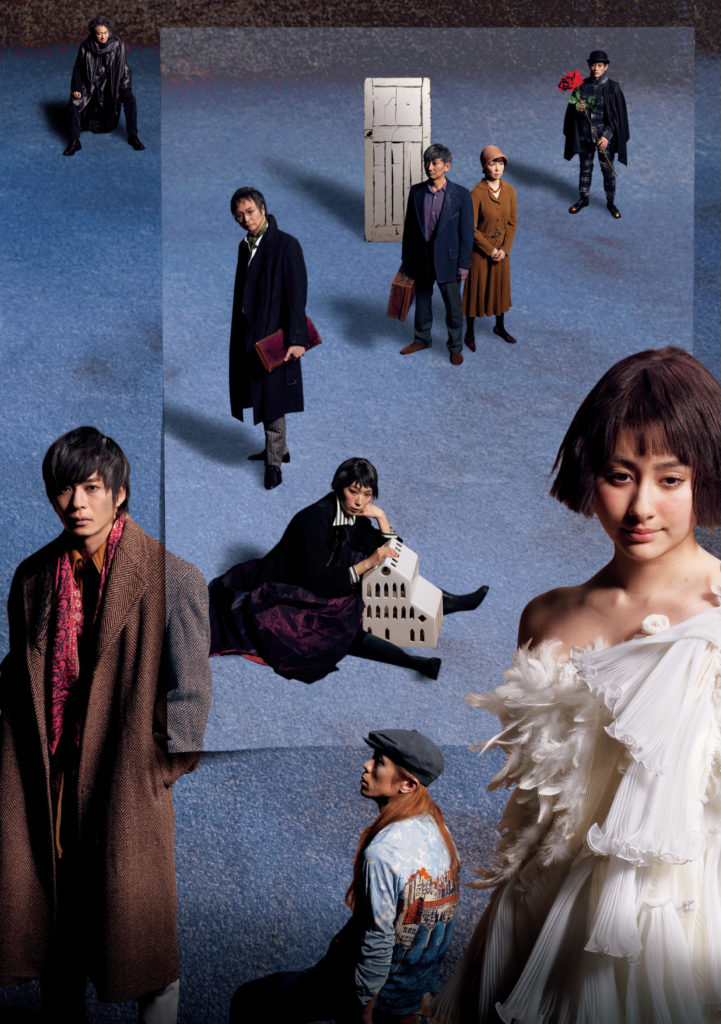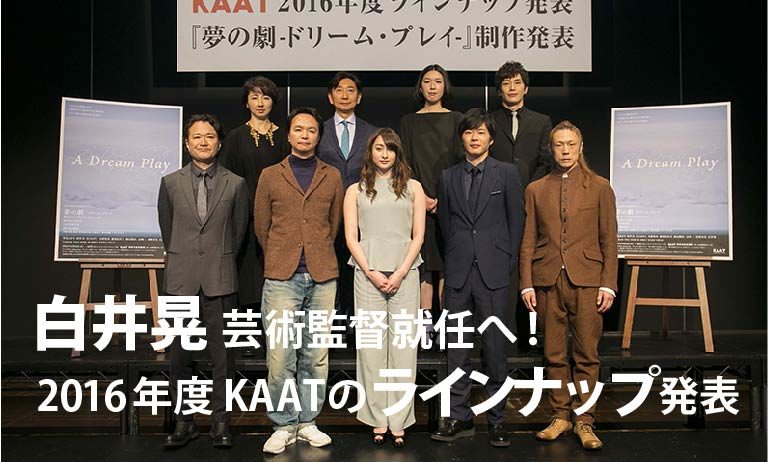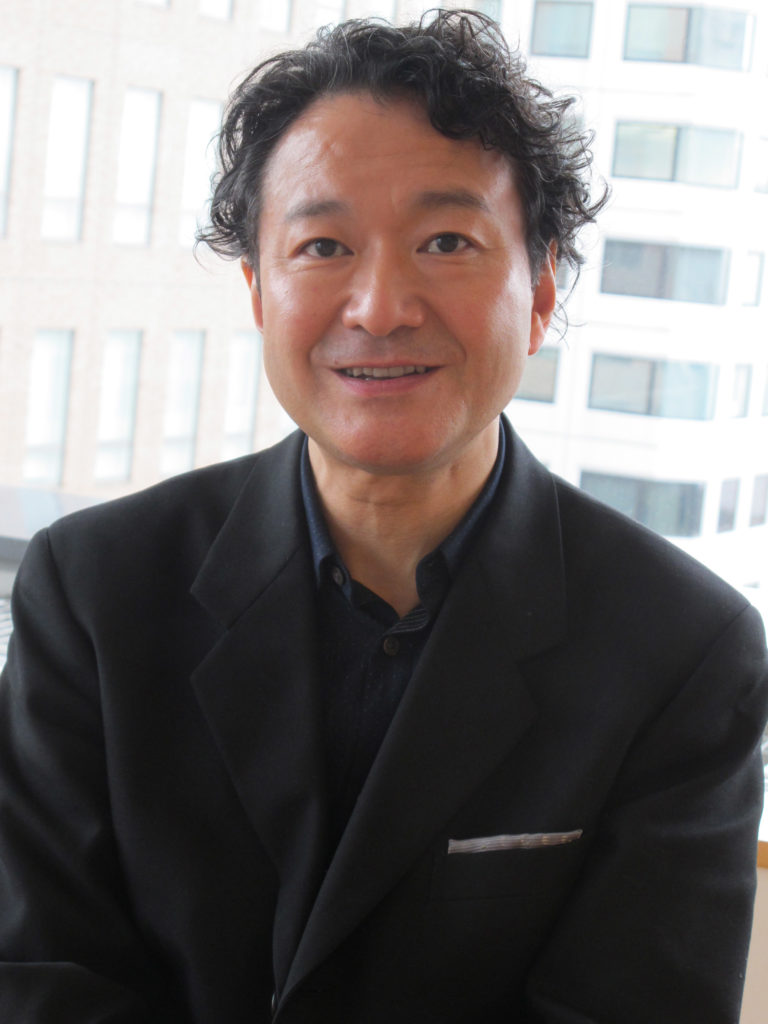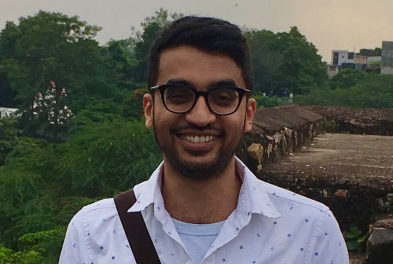Akira Shirai
He doesn’t officially become Kanagawa Arts Theatre’s artistic director until April 1, but Akira Shirai wasn’t fooling when he declared, “I aim to make KAAT (the official acronym of his Yokohama base) a place where we take a whole fresh look at theatre’s role in today’s Japan.”
That ambitious mission statement appeared (in Japanese) on KAAT’s website as the stage at Kanagawa Prefecture’s public theater was being set for Shirai to formally take over from Amon Miyamoto, the world-renowned director of such musicals as Pacific Overtures and The Fantasticks who has held the title of artistic director since KAAT opened in 2010.
In fact, Shirai, 58, has been filling that role since April 2014, when he was appointed “artistic supervisor” after Miyamoto left. Yet for reasons best known to bureaucrats, the popular stage and screen actor—and renowned leader of his own Yukikai Zenjido Theater company from 1983-2002—has had to wait two years to see his title changed to “artistic director.”
However, Shirai — who is also an in-demand director spanning foreign and contemporary plays to operas and musicals—modestly insisted,
“I’d never expected to be the artistic director of KAAT, but in the past two years I’ve spent a lot of time considering this theater’s position in the region and the nation, and its artistic direction, and I’ve also had the very valuable experience of meeting lots of young artists.
“So now I have a much clearer view of what KAAT’s role should be.”
As he said that, Shirai looked through the open window of the theatre’s eighth-floor meeting room and pointed across Tokyo Bay—to where, magically, we could see the capital’s newest symbol, the Skytree tower.
With that perspective in view, Shirai said:
“Inevitably, the relation to theatre scenes in Tokyo will be a vital factor for KAAT. As the 2020 Tokyo Olympics get closer, I think the cultural atmosphere there will heat up, but we will be able to pursue our special role calmly and steadily.”
Pointing out that many foreign cultures, such as jazz and ballet, were introduced to Japan through this area, Shirai said:
“Yokohama’s always had a cool and stylish image. I would like to continue that tradition and dispatch edgy arts from KAAT.
“Actually, KAAT has always worked closely with leading cutting-edge theatre companies, including Toshiki Okada’s globe-trotting Chelfitsch troupe and the Chiten company led by Motoi Miura, but I would like to develop such links even more.
“I’ve also been contacting some young dramatists and asking them to create new works for our main theatre, which has 1,200 seats. Previously they’ve generally been restricted to venues with only a few hundred seats, so I want to give them the chance to create dynamic works for a big hall.”
But Shirai’s vision for broadening KAAT’s appeal goes even wider.
“I want to offer chances to senior dramatists in the Japanese theatre scene to create challenging works that would probably be too risky for commercial theatres in Tokyo,” he explained.
Leading by example, he is set to add a real sparkle to KAAT’s roster with his upcoming staging of Swedish playwright August Strindberg’s 1901 surrealistic A Dream Play, featuring a top-notch cast that includes actor and director Keishi Nagatsuka, who has adapted the script for this production; Kei Tanaka, who is a regular in Shirai’s plays; actor-dancer Kaiji Moriyama, who also did the choreography; and young film and TV actress Akari Hayami making her stage debut as the heroine, Agnes.
Offering an appetizing hint of what lies in store for audiences, the director said:
“This work is a collage of pieces of the human’s long and winding life, and I always like those kinds of stories.
“I directed (Henrik) Ibsen’s Peer Gynt at KAAT last year, and that’s a similar type of play about maturing through life. And though both were written about 100 years ago, I don’t really think the world or human beings have changed much since then, and they both remain very much in synch with today’s world.”
Despite that, Strindberg drew on ancient sources for his radical work, presenting the Vedic god Indra (played by Shirai), who sends his daughter Agnes (Hayami) to Earth so she can learn what it’s like to be a mortal human. There, she meets more than 40 people, many just identified by their occupation, and listens to their hopes, fears, and tales of woe.
After marrying a lawyer (Nagatsuka), Agnes has a baby but soon tires of married life and takes up with a poet (Tanaka), unloads all her sadness on him—then leaves the Earth.
Though A Dream Play is rarely staged, likely due to the difficulty of conveying its dream-like content, Shirai said his inspiration went all the way back to Alice In Wonderland, which fired a lifelong love of “fantasy worlds.”
“In many ways, Agnes resembles Alice in making a journey in a labyrinthine world and learning about wildly varying lives,” Shirai explained. “So I was instantly fascinated with this play when I read it about 10 years ago, though the huge cast numbers and its sheer scale prevented me staging it then.

Mixed messages: An image for A Dream Play shows a diverse cast of characters.
“Now I’ve decided to rise to the challenge and explore this play’s great potential, with many cast members playing multiple roles.
“Challenge” was also a word on Shirai’s lips in January when he held a news conference to announce KAAT’s program for the year ahead from April 1, and it was exciting then to see him flanked by quite so many illustrious Japanese creators—including visual artists Miwa Yanagi and Chiharu Shiota, dancer Yasuyuki Shuto, rising theater directors Kunio Sugihara and Kenichi Tani and Shirai’s long-time mentor, friend and colleague, the avant-garde theater director Kazuyoshi Kushida.
“It’s important to appeal to citizens by showing what sort of creators we support and what kinds of programs we are trying to create,” Shirai said at the time. “I’m ready to listen to anyone’s views, but what’s vital is to take on the challenge of attracting more people to the theatre world. To do so, we have to make it financially strong so we can offer real jobs—not just side jobs young people do almost as a hobby.
“After all, manga and anime used to just be subcultures; now they are mainstream sectors of the economy. So I don’t think it’s just a dream to believe live theatre can follow a similar course—and A Dream Play at KAAT is hopefully a step in the right direction.”
This article first appeared in The Japan Times on March 22, 2016, and has been reposted with permission.
This post was written by the author in their personal capacity.The opinions expressed in this article are the author’s own and do not reflect the view of The Theatre Times, their staff or collaborators.
This post was written by Nobuko Tanaka.
The views expressed here belong to the author and do not necessarily reflect our views and opinions.



















